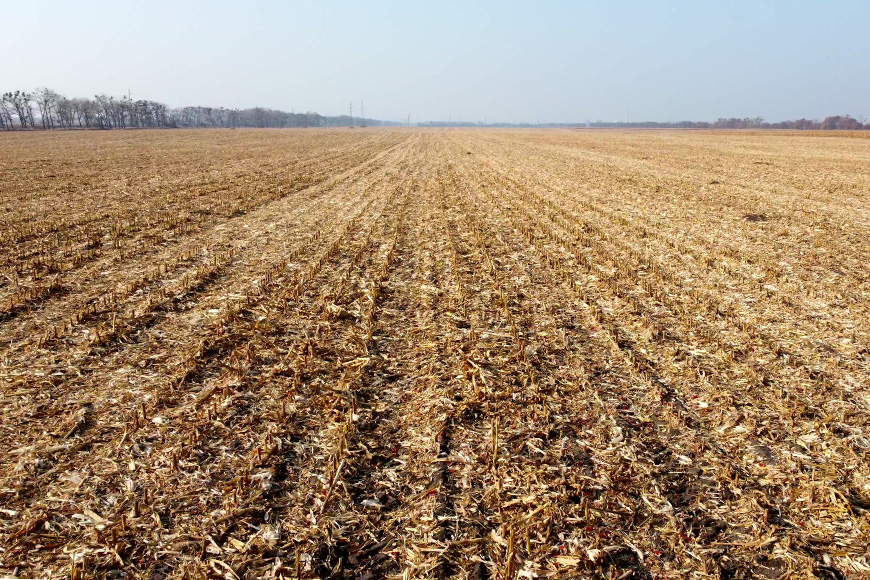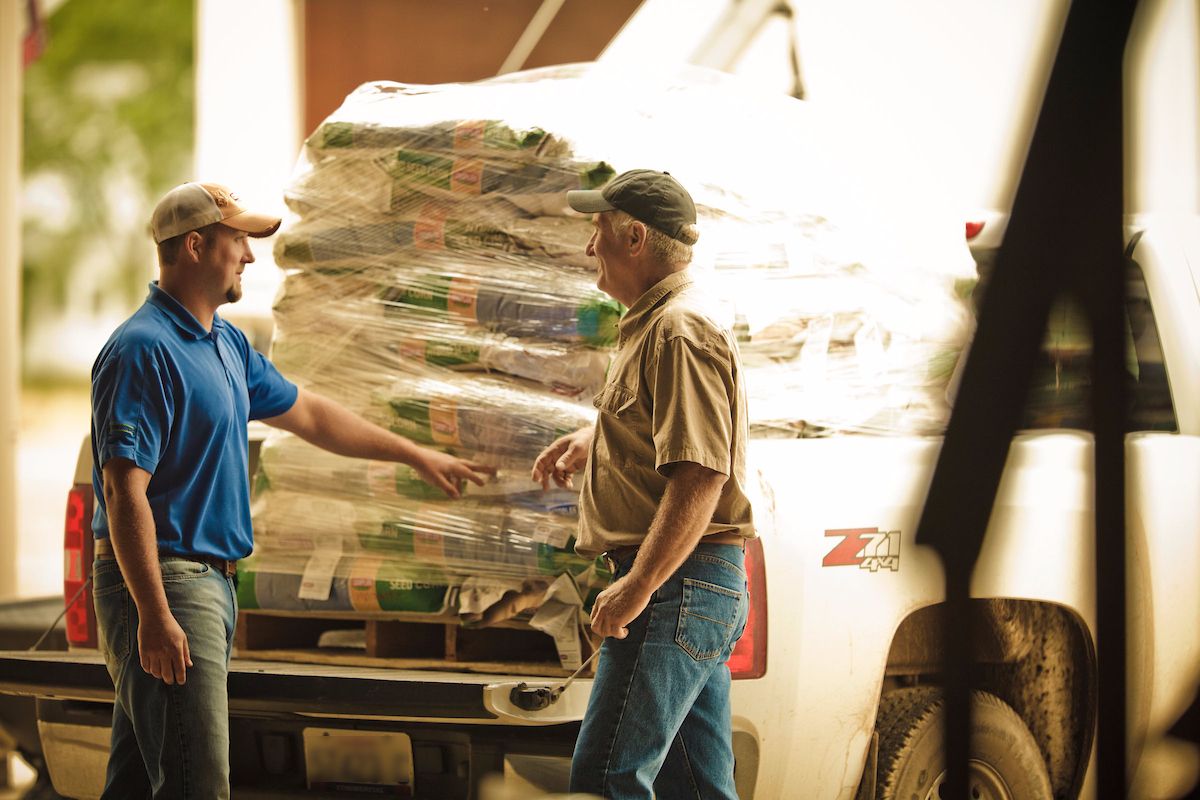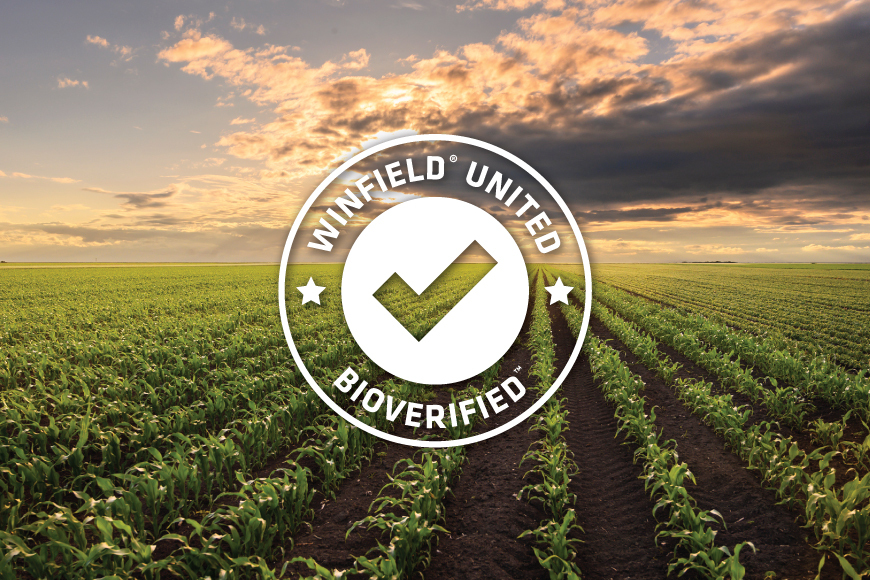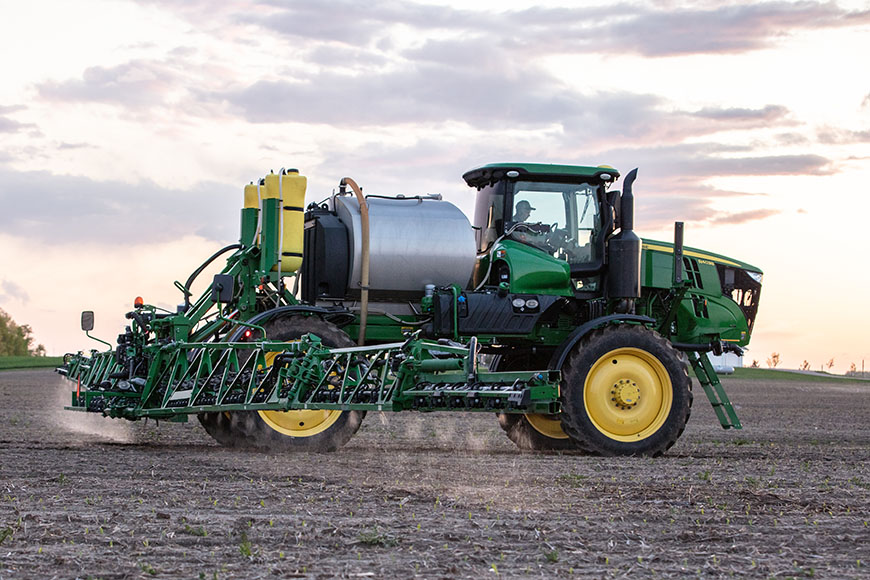Realistic Reasons and Ways to Reduce Tillage

Conservation tillage is on the rise, according to the latest USDA Census of Agriculture. It reports that between 2012 and 2017, reduced tillage acres increased by 28%. If you’re considering a transition to low- or no-till, these tips can set you up for success.
One of the main reasons farmers choose reduced tillage methods is to control erosion and preserve productive topsoil. Reduced tillage also helps increase soil health by building carbon organic matter and improving soil structure.
Some farmers adopt conservation tillage to gain access to carbon markets. Carbon sequestered in the soil as a result of reduced tillage practices can add a new revenue source. As you plan your strategy for adopting a new tillage practice, keep in mind long- and short-term goals.
It’s fairly easy to start conservation tillage with row crops. Consider planting soybeans the first year, as they tend to be more forgiving of soil conditions and nitrogen immobilization. Planting after a perennial or cover crop can also require different management.
It can be more challenging to achieve optimal seed depth and placement under reduced tillage. If you’ve been strictly conventional tilling, you probably need to adjust your planter’s seed disc openers and firmers to compensate for additional residue. You also want to make sure the coulters aren’t pushing residue down into the furrow and may need to adjust planter speed and down pressure to achieve more consistent seed placement. Work with your equipment representative to make the proper planter adjustments required for reduced-till planting.
You may notice your soils don’t dry and warm as quickly in the spring under reduced tillage, requiring you to adjust your typical planting dates. To protect seeds against the added stress of cooler soil conditions, I recommend investing in an effective seed care program that includes insecticide and fungicide active ingredients.
Long term, fertility is improved by reducing tillage. As fields build soil organic matter from conservation tillage, nutrient cycling increases and more nutrients are stored in the soil. That facilitates more efficient nutrient use, so you may be able to use less fertilizer than you did in a conventional tillage program.
Over time, as soil health improves with conservation tillage, the yield potential increases. More organic matter in the soil leads to better water infiltration to support crops during dry years and helps increase oxygen diffusion in wet seasons. Long term, conservation tillage can help improve yield stability, especially in extreme environments. The yield stability gained during those outlier years is where the soil health benefits of conservation tillage can become highly profitable.
Making any production change can be intimidating. Fortunately, plenty of resources and support are available if you’re interested in transitioning to reduced tillage. Contact your WinField® United retailer for recommendations specific to your operational goals.
All photos are either the property of WinField United or used with permission.
© 2022 WinField United. Important: Before use always read and follow label instructions. Crop performance is dependent on several factors many of which are beyond the control of WinField United, including without limitation, soil type, pest pressures, agronomic practices and weather conditions. Growers are encouraged to consider data from multiple locations, over multiple years and to be mindful of how such agronomic conditions could impact results. WinField is a trademark of WinField United. All other trademarks are the property of their respective owners.
Define Goals
Reduced tillage offers agronomic and environmental advantages, but every on farm’s situation is different and will require upfront planning to reap the benefits. It’s important to work with your trusted advisor to define what you hope to accomplish by adopting conservation tillage methods.One of the main reasons farmers choose reduced tillage methods is to control erosion and preserve productive topsoil. Reduced tillage also helps increase soil health by building carbon organic matter and improving soil structure.
Some farmers adopt conservation tillage to gain access to carbon markets. Carbon sequestered in the soil as a result of reduced tillage practices can add a new revenue source. As you plan your strategy for adopting a new tillage practice, keep in mind long- and short-term goals.
Do Your Research
If you’re interested in switching from conventional to conservation tillage, get insights and recommendations from those who have done it. Talk with other growers about their challenges and seek advice from your agronomic advisor. When you decide to reduce your tillage, you’ll likely need to make changes to your equipment, seed selection, fertility program and weed control strategy. Be sure you understand the extra costs associated with a tillage switch and give yourself at least a year to plan before implementing any changes.Budget for Additional Expenses
Switching to conservation tillage may require some additional upfront expenses you’ll need to budget for. The most significant cost will likely be equipment adjustments to get your planter set up for the challenges of reduced tillage. You'll probably also need to modify your weed control strategy, which could add extra input costs. Additionally, you may need to add extra nitrogen to account for additional residue in fields, so fertility costs may increase in the first couple of years. After that, your fertility costs should decline as nutrients are cycled more efficiently.Simplify Your Start
I recommend starting with well-drained fields with low weed pressure if you're new to conservation tillage. Timely weed control will be more critical on reduced tilled acres than conventionally tilled ones.It’s fairly easy to start conservation tillage with row crops. Consider planting soybeans the first year, as they tend to be more forgiving of soil conditions and nitrogen immobilization. Planting after a perennial or cover crop can also require different management.
Assess Your Equipment Needs
If you’re considering conservation tillage, you may need to invest in new planting equipment to manage residue in fields. Every grower’s situation is slightly different, and your needs will depend on your management preferences.It can be more challenging to achieve optimal seed depth and placement under reduced tillage. If you’ve been strictly conventional tilling, you probably need to adjust your planter’s seed disc openers and firmers to compensate for additional residue. You also want to make sure the coulters aren’t pushing residue down into the furrow and may need to adjust planter speed and down pressure to achieve more consistent seed placement. Work with your equipment representative to make the proper planter adjustments required for reduced-till planting.
Choose The Right Seed
Crop residue can serve as a host for disease pathogens, so consider hybrids with a strong disease package and a good seed treatment as you choose your seed. Early-season vigor and strong emergence are other characteristics that can improve emergence success on reduced tillage acres. Because nitrogen management can be challenging in the first year of reduced tillage, I’d advise looking at products with a low or moderate response-to nitrogen score. Your WinField® United retailer has access to proprietary data, including hybrid response-to scores for nitrogen and fungicide applications that can help guide seed decisions.You may notice your soils don’t dry and warm as quickly in the spring under reduced tillage, requiring you to adjust your typical planting dates. To protect seeds against the added stress of cooler soil conditions, I recommend investing in an effective seed care program that includes insecticide and fungicide active ingredients.
Adjust Your Fertility Plan
In the first couple of years after switching to conservation tillage, you may need to adjust the fertility program to compensate for the extra soil organic matter. Once the organic matter in the soil begins to stabilize, fertility will be easier to manage.Long term, fertility is improved by reducing tillage. As fields build soil organic matter from conservation tillage, nutrient cycling increases and more nutrients are stored in the soil. That facilitates more efficient nutrient use, so you may be able to use less fertilizer than you did in a conventional tillage program.
Know What to Expect
Don’t be alarmed if you initially see a yield reduction after switching to conservation tillage methods. While this can happen, it’s most likely due to inadequate management as you learn to handle extra residue in fields. With good production practices – applying appropriate nitrogen rates, using the right planting equipment and managing weeds – you should be able to maintain yield potential in the first couple of years.Over time, as soil health improves with conservation tillage, the yield potential increases. More organic matter in the soil leads to better water infiltration to support crops during dry years and helps increase oxygen diffusion in wet seasons. Long term, conservation tillage can help improve yield stability, especially in extreme environments. The yield stability gained during those outlier years is where the soil health benefits of conservation tillage can become highly profitable.
Making any production change can be intimidating. Fortunately, plenty of resources and support are available if you’re interested in transitioning to reduced tillage. Contact your WinField® United retailer for recommendations specific to your operational goals.
All photos are either the property of WinField United or used with permission.
© 2022 WinField United. Important: Before use always read and follow label instructions. Crop performance is dependent on several factors many of which are beyond the control of WinField United, including without limitation, soil type, pest pressures, agronomic practices and weather conditions. Growers are encouraged to consider data from multiple locations, over multiple years and to be mindful of how such agronomic conditions could impact results. WinField is a trademark of WinField United. All other trademarks are the property of their respective owners.





